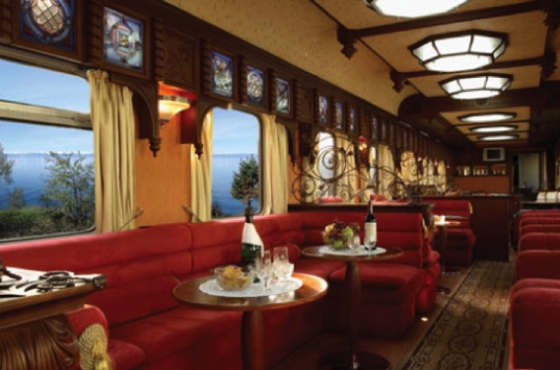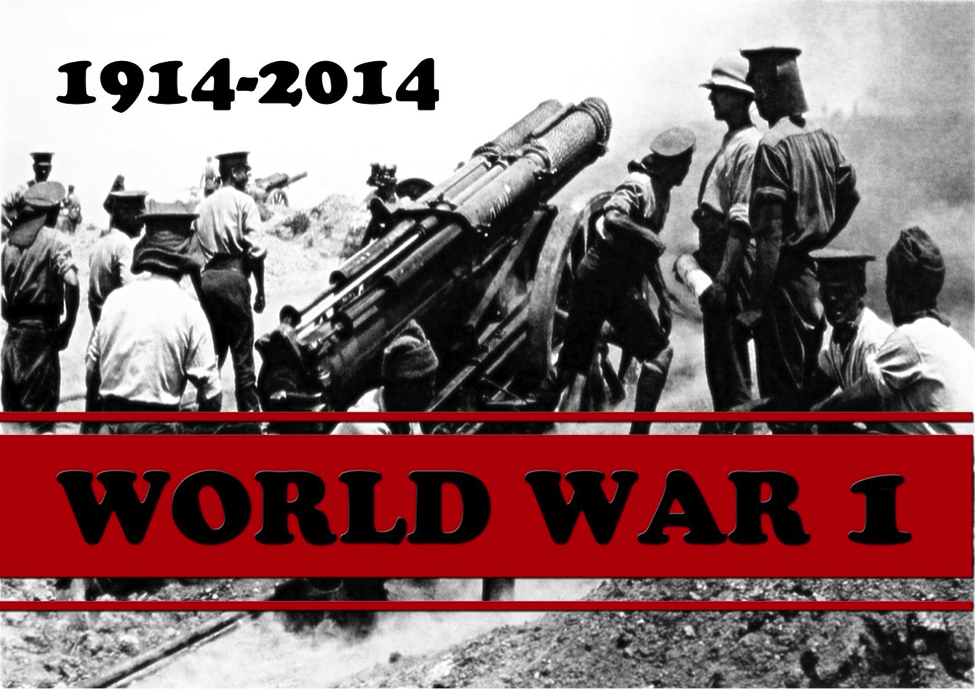Decorating your Home with Books – Part 2
“Fill your house with stacks of books, in all the crannies and all the nooks.” — Dr Seuss. Many people love books. They love reading stories, getting lost in the characters, transporting to a new world and relaxing with a nice book in their hands. For all the avid readers out there, bring your love of novels to your home by decorating your safe haven with them. Yes, books are for more than just reading. To learn how you can use books as decor items in your home, keep scrolling.





 In the world of historical fiction, one subset that has always been popular is the “what if” scenario. Wars are an intriguing starting point for these stories, as it can be fun to go down the rabbit hole of alternate endings. What if Germany won World War II? What if the U.S. ceded the South to the Confederacy? What if the South had won at Gettysburg?
In the world of historical fiction, one subset that has always been popular is the “what if” scenario. Wars are an intriguing starting point for these stories, as it can be fun to go down the rabbit hole of alternate endings. What if Germany won World War II? What if the U.S. ceded the South to the Confederacy? What if the South had won at Gettysburg? War Plan Orange was part of a series of color-coordinated contingency plans. War Plan Orange was specifically outlined by the United States in preparation for fighting a war against Japan alone. Though this plan was first outlined in 1919, it actually served as a template that the United States forces would use during World War II.
War Plan Orange was part of a series of color-coordinated contingency plans. War Plan Orange was specifically outlined by the United States in preparation for fighting a war against Japan alone. Though this plan was first outlined in 1919, it actually served as a template that the United States forces would use during World War II.
